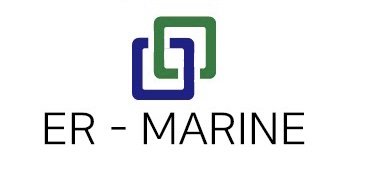DUE DILIGENCE
TELLING WHAT YOU NEED TO KNOW
ER-Marine’s due diligence is guided by
Objectivity and Independence
Comprehensive Regulatory and cultural understanding
Adaptability and responsiveness
Regulatory and Energy Policy
Tracking developments in the regulations and policies in South Korea, and Europe.
Ensuring projects align with Performance Standards, particularly in risk assessment and mitigation.
ER-Marine is specialised in Korean and EU energy policies!
Technical Due Diligence
Technical due diligence is essential when evaluating the viability of innovative technologies. Given the unique environmental and supply chain challenges of the South Korean market, this process involves several key components.
South Korea's offshore wind sector is influenced by challenging weather conditions, such as typhoons, which necessitate specific technologies.
Additionally, understanding energy demand patterns and grid integration is crucial.
Supply Chain Due Diligence
Assessing suppliers based on ESG criteria, focusing on ethical practices and sustainability.
Ensuring operational processes align with IFC requirements, particularly in labour and working conditions and pollution prevention.
How Do We Approach Due Diligence?
Assessing suitability for Korean conditions: The primary focus is on how technologies perform under local conditions and their adaptability to this specific environment.
Integration with domestic energy infrastructure: ensuring technology compatibility with South Korea's existing power grid and assessing capabilities and limitations are vital. This includes evaluating the technology's grid integration capabilities.
Environmental Impact Assessment: It’s important to consider the environmental footprint of the technology, including its impact on marine ecosystems.
Risk assessment and mitigation strategies: Identifying technical risks, such as the failure of key components, and operational risks, including T&I (Transport & Installation) and O&M (Operation & Maintenance) challenges, is a crucial step. Developing contingency plans and alternative solutions forms part of the risk mitigation strategy.
New Technology: Collaborating with technology suppliers and industry associations. Continual review of technical assessments as new technologies and information become available are also key aspects of due diligence.
Read more in the blog post here: Subsea cable vulnerabilities or Non-price award criteria in auction design






